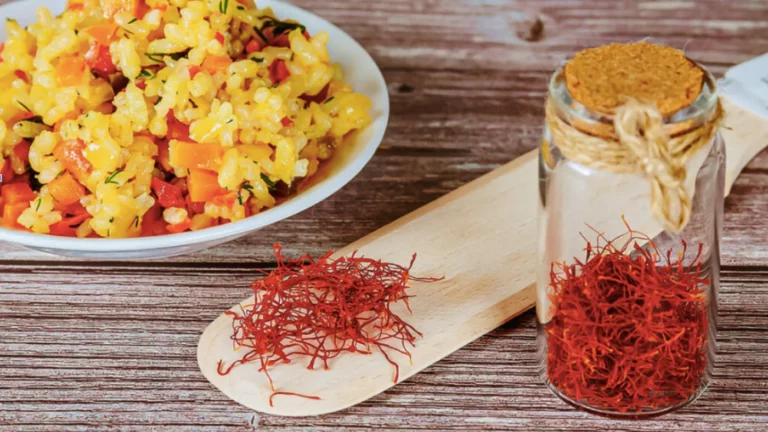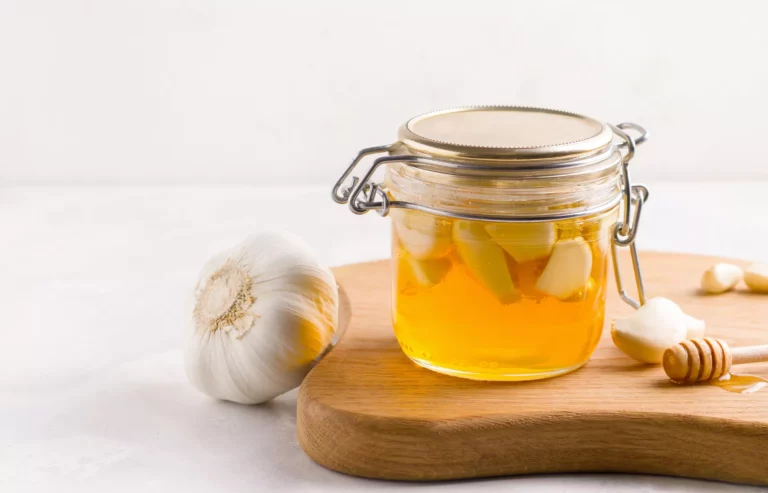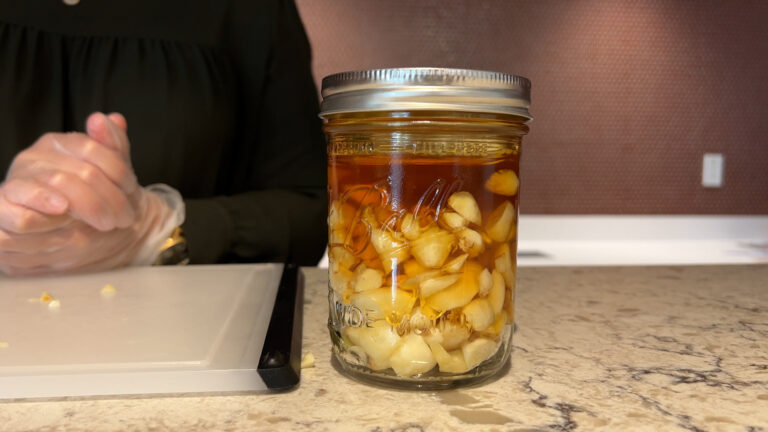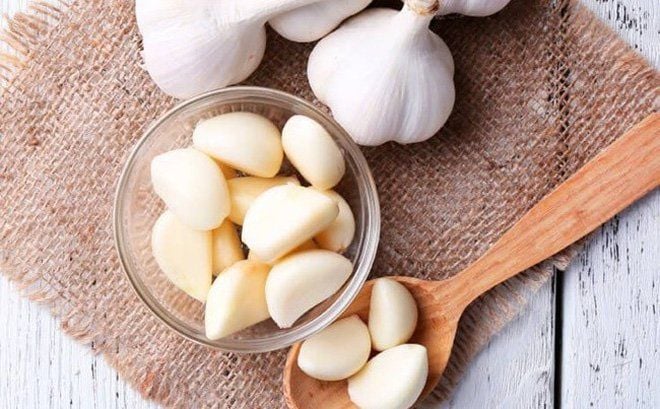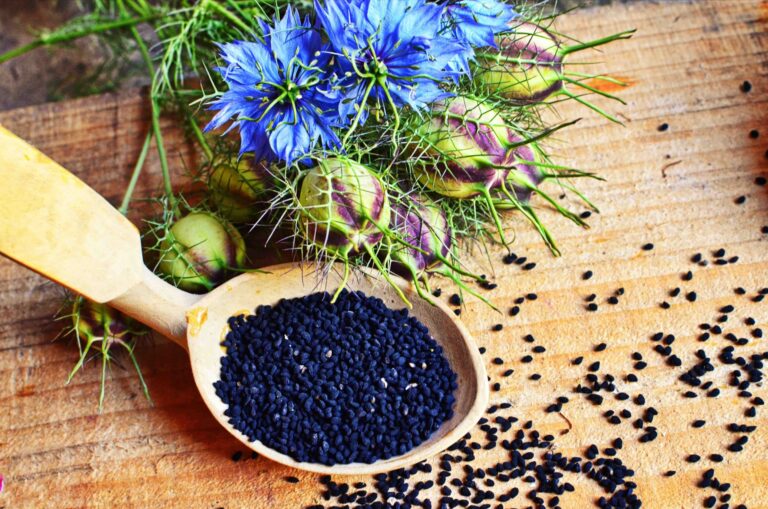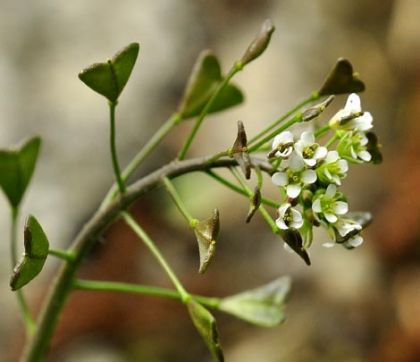Unlocking the Power of an Ancient Herbal Ally
Nestled in mountainous regions across Europe and Asia, a humble yet powerful flower has been used for centuries as a natural remedy for coughs, congestion, and lung ailments. Modern science is now validating what traditional healers long understood—this highland bloom contains compounds that may offer genuine relief for respiratory issues.
Botanical Profile: Identifying the Highland Flower
Known scientifically as Tussilago farfara (common name: coltsfoot), this perennial herb thrives in rocky, high-altitude environments. Recognizable by its:
- Bright yellow, dandelion-like flowers (early spring)
- Large, hoof-shaped leaves (appear after flowering)
- Downy white undersides on mature leaves
Note: Proper identification is crucial, as some look-alike plants can be toxic. When foraging, consult an expert or use reputable field guides.
Traditional Uses Across Cultures
Historical records show diverse applications:
- Chinese medicine: Used dried flowers for cough syrups since 600 AD
- European folk remedy: Smoked or brewed as tea for asthma
- Native American practice: Poultices for chest congestion
Recent pharmacological studies have isolated active compounds including:
- Mucilage (soothes irritated membranes)
- Pyrrolizidine alkaloids (require caution—see safety section)
- Antioxidant flavonoids
Preparing the Highland Flower Safely
Harvesting Guidelines
- Collect flowers in early spring before full leaf development
- Choose plants away from roads/polluted areas
- Dry thoroughly in a warm, shaded area
Effective Preparation Methods
1. Respiratory Tea
Ingredients:
- 1 tsp dried flowers
- 1 cup boiling water
- Honey (optional)
Method:
Steep for 5-7 minutes, strain carefully, and drink warm up to twice daily during illness.
2. Steam Inhalation
Add handful of fresh leaves to bowl of hot water. Drape towel over head and inhale vapors for 5-10 minutes to loosen congestion.
3. Honey Infusion
Layer fresh flowers in jar with raw honey. Store 4-6 weeks before straining. Use 1 tsp as needed.
Important Safety Considerations
While beneficial, this plant requires informed use:
- Contains pyrrolizidine alkaloids (PAs)—avoid prolonged use > 2 weeks annually
- Not recommended for:
- Pregnant/nursing women
- Children under 12
- Those with liver conditions
- Never consume raw plant material—always dry or heat-process
Safer Alternatives: For those concerned about PAs, marshmallow root or mullein offer similar soothing properties without alkaloid risks.
Modern Research Findings
2023 clinical trials observed that properly prepared extracts:
- Reduced cough frequency by 40% vs placebo (8-week study)
- Showed anti-inflammatory effects comparable to standard OTC remedies
- Demonstrated antimicrobial activity against respiratory pathogens
However, researchers emphasize:
✔ Short-term use only
✔ Proper processing methods critical
✔ Combination with other herbs may enhance safety
Sustainable Harvesting Practices
With increasing popularity, ecological responsibility matters:
- Take only 1/3 of plants from any patch
- Avoid rare alpine varieties—stick to common species
- Consider cultivated sources over wild harvesting
Integrating the Highland Flower into Wellness Routines
For those wanting to try this traditional remedy:
- Start with small test doses
- Track respiratory symptoms in a journal
- Combine with other lung-supportive practices:
- Postural drainage techniques
- Humidifier use
- Diaphragmatic breathing exercises
Final Verdict: A Cautious Yes
When used knowledgeably, the highland flower remains a valuable part of natural respiratory care. Its centuries-long medicinal legacy—now supported by emerging science—suggests real therapeutic potential when approached with respect for both its benefits and limitations.
